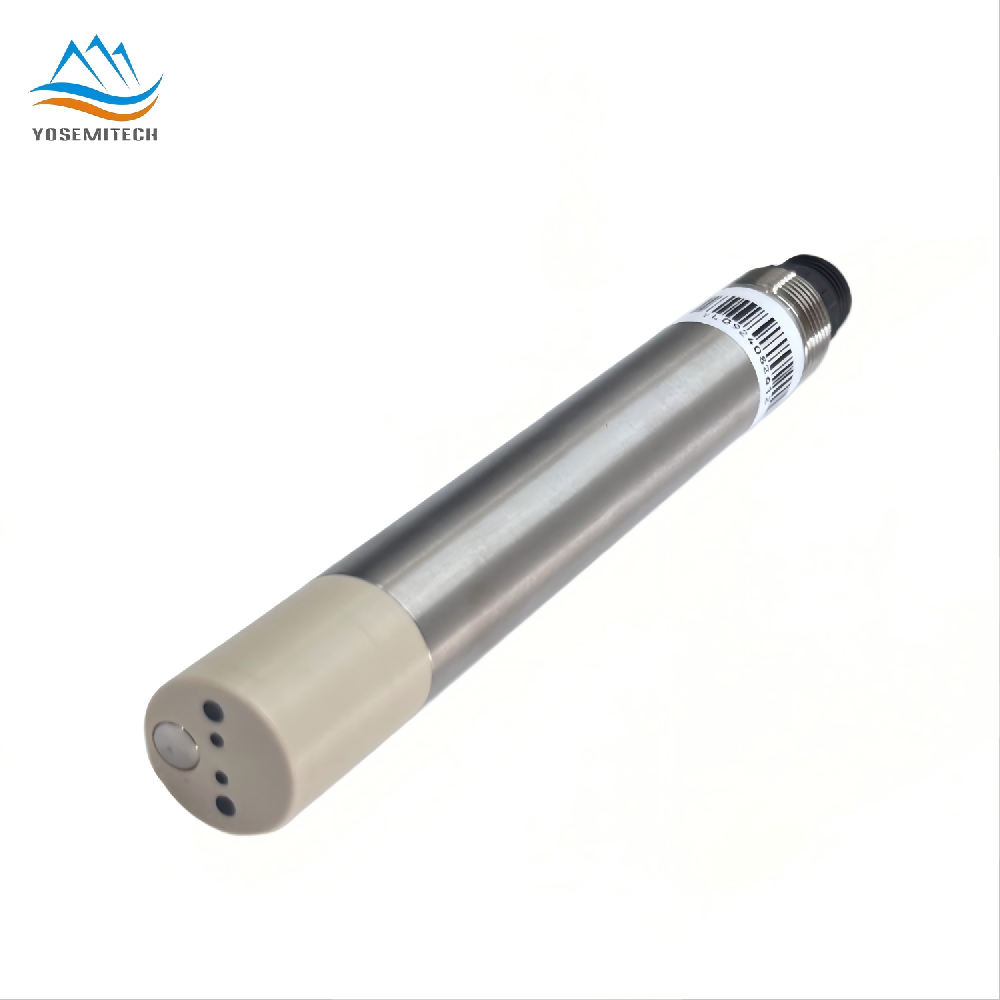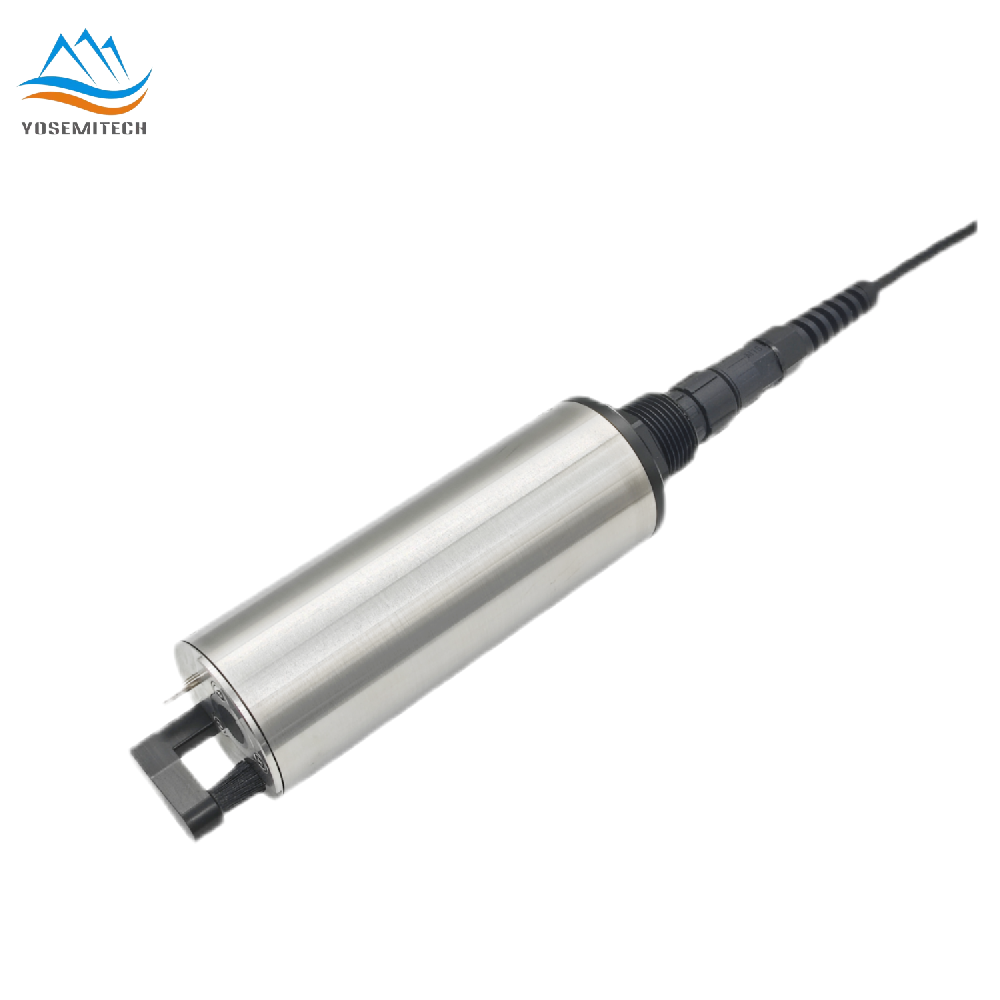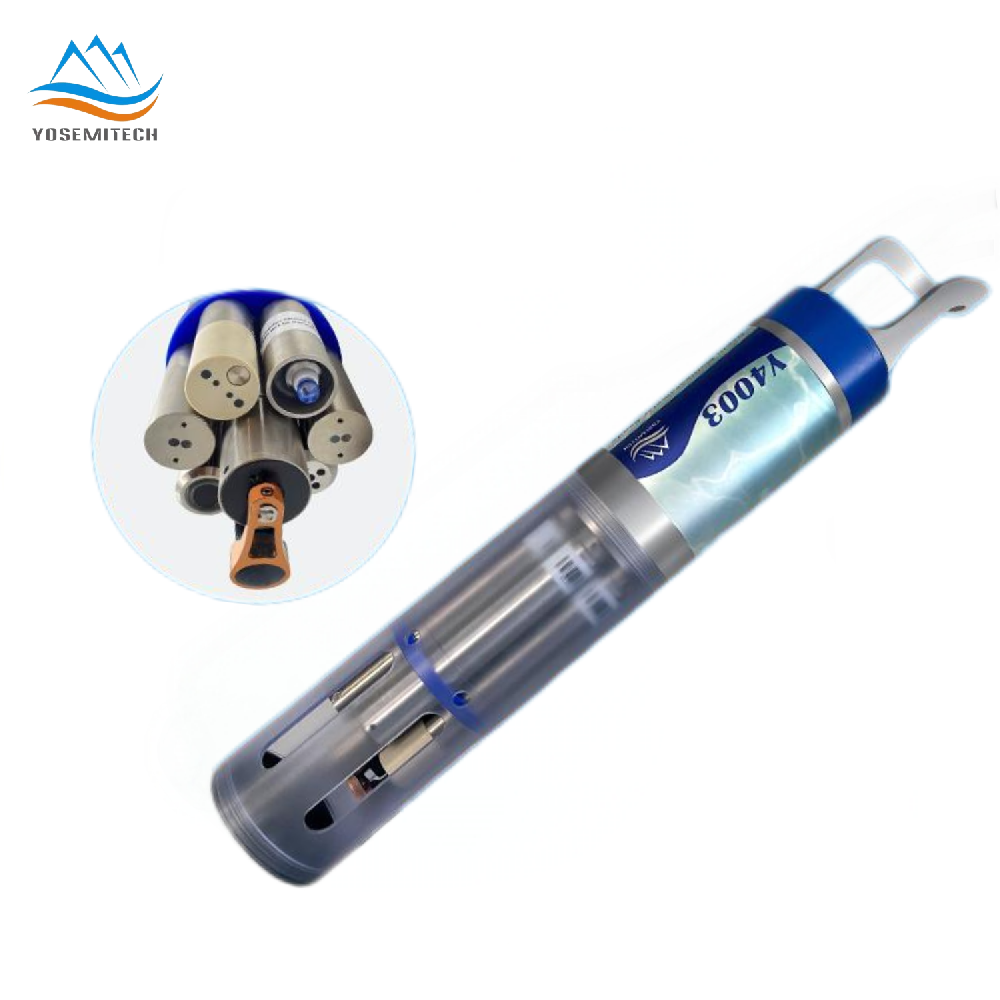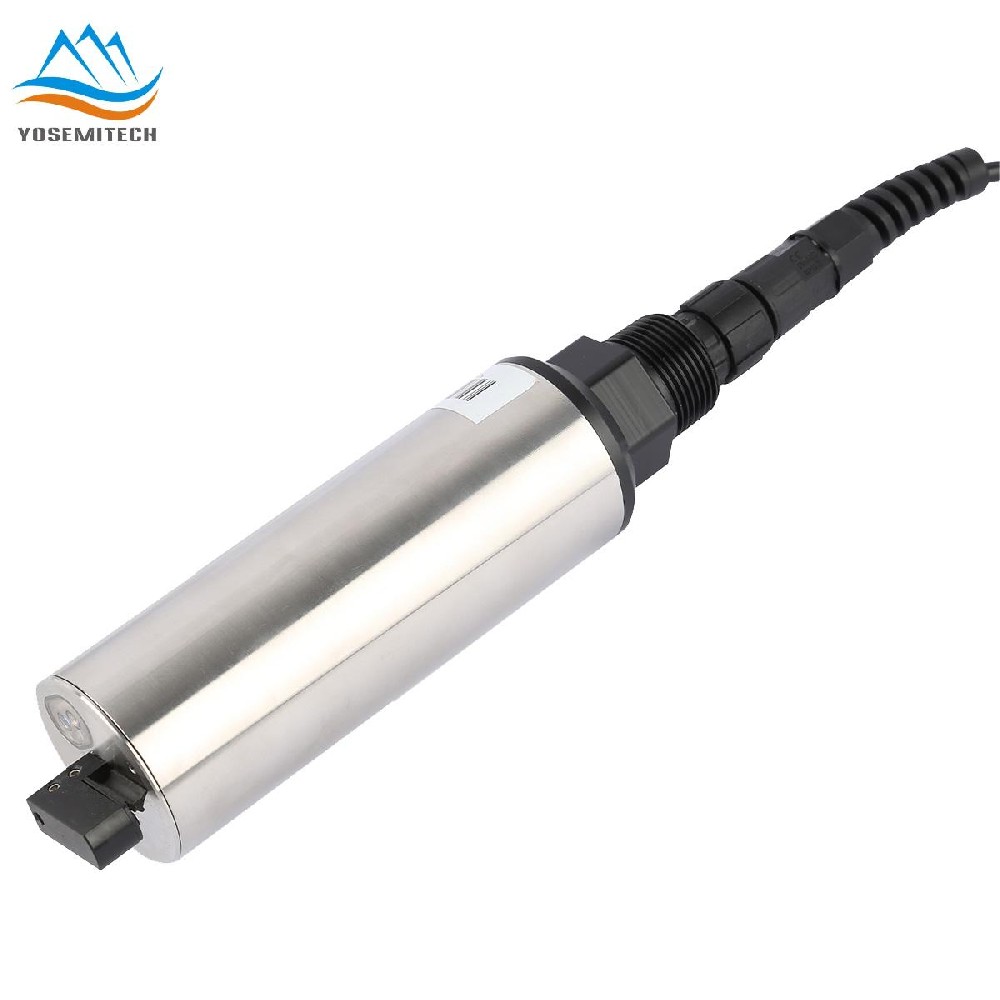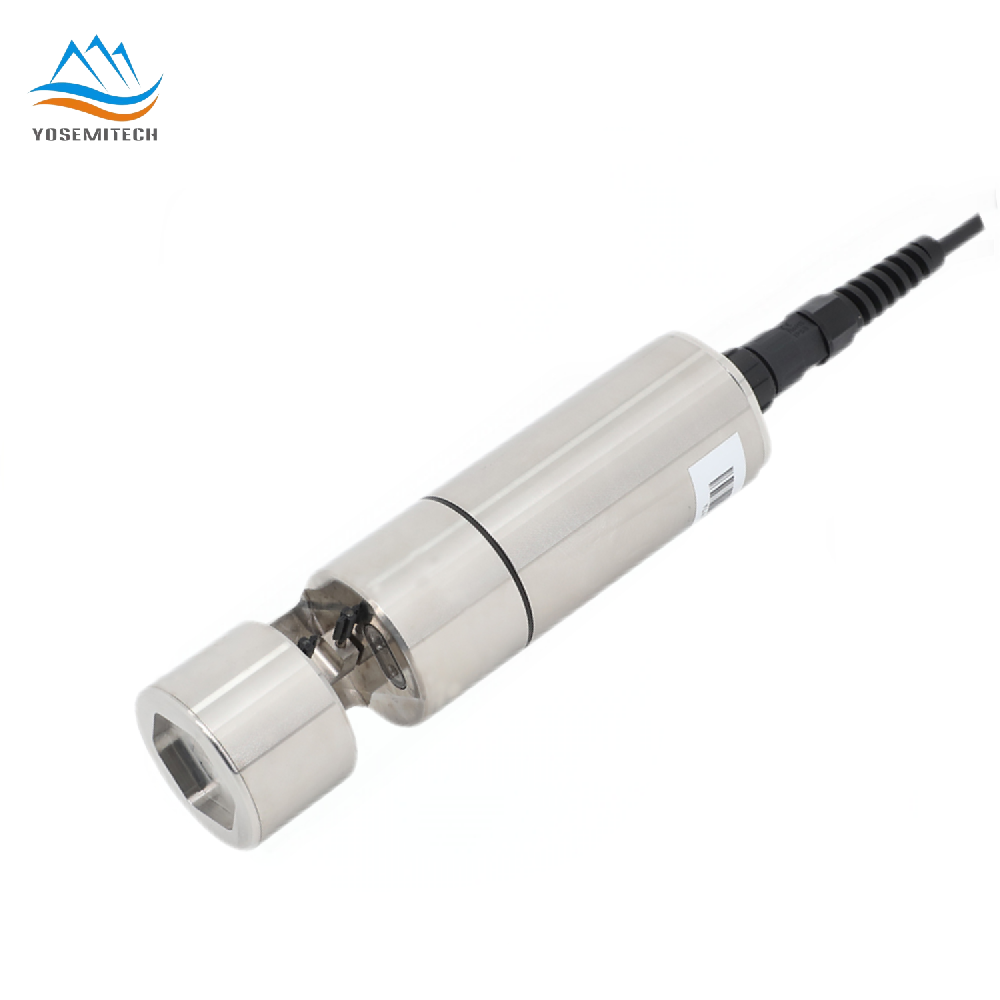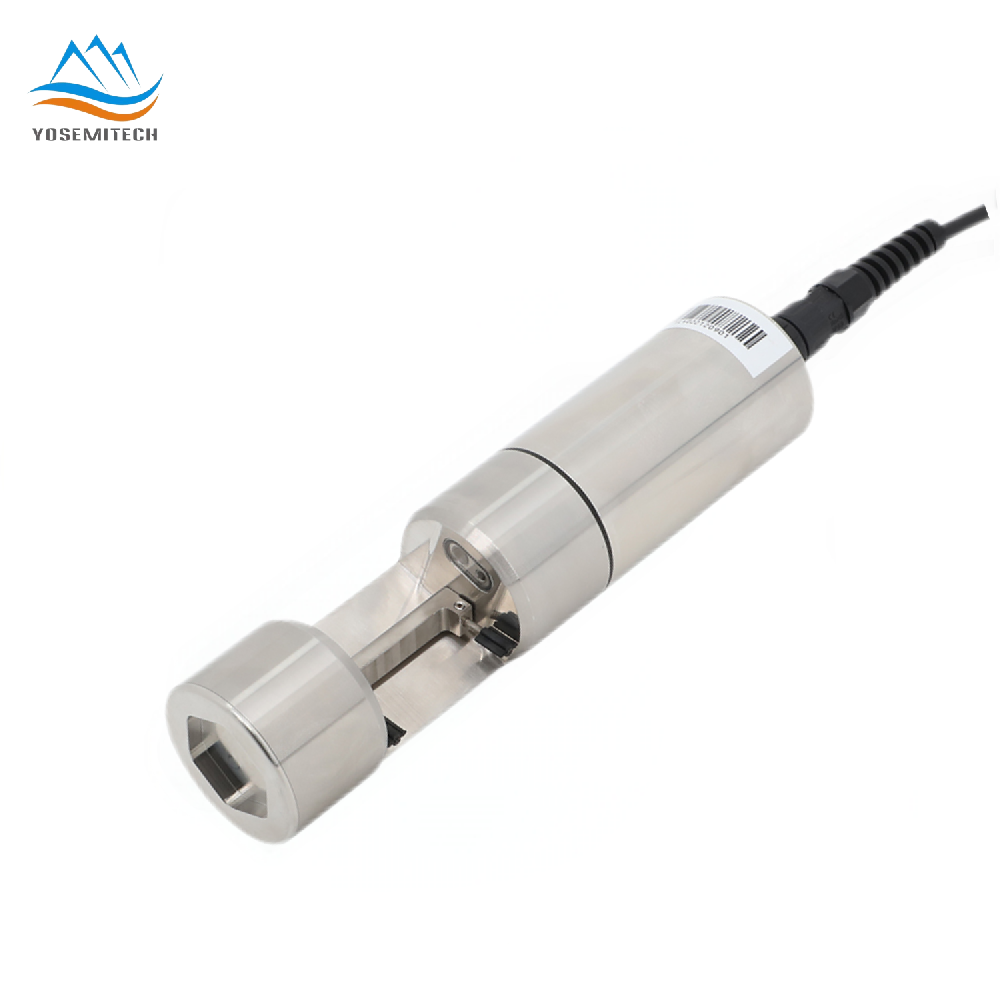Industry news
Ammonia VS Ammonium
Writer: admin Time:2024-07-30 09:40:01 Browse:2393℃
Ammonia and ammonium are two common technical terms in the fields of chemistry and environmental science. They play important roles in our lives, but their properties differ significantly. This article will elaborate on their differences, environmental impacts, and how to monitor them.
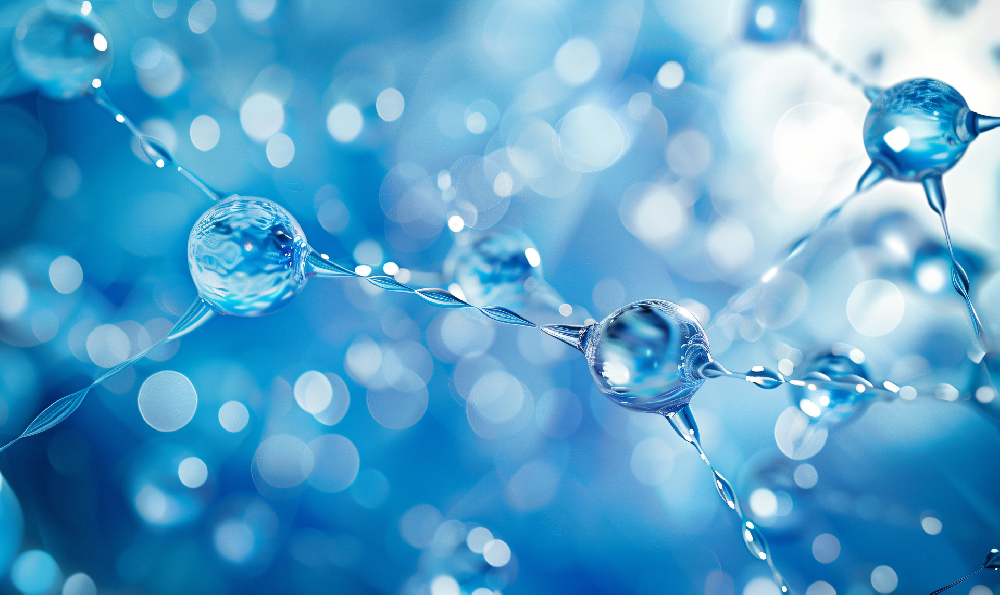
What is "Ammonia"?
Ammonia, also known as "ammonia gas," is a compound made up of nitrogen and hydrogen, with the chemical formula NH₃. It is a colorless gas that has a strong, pungent odor. Ammonia molecules have a trigonal pyramidal shape and are polar in nature. It is widely used in the production of fertilizers, cleaning products, plastics, pesticides, and explosives.
What is "Ammonium"?
Ammonium is a cation with the chemical formula NH₄⁺, derived from the ammonium molecule. The ammonium ion forms when an ammonia molecule coordinates with a hydrogen ion. Due to its chemical properties being similar to those of metal ions, it is named "ammonium." Ammonium primarily exists in various salts, such as ammonium chloride, ammonium carbonate, and ammonium nitrate. It is used in the production of fertilizers and explosives. Additionally, ammonium is utilized in rocket propellants, water filters, and food preservatives.
Why We Need to Measure Ammonia in Water and Wastewater Treatment?
Source Water Quality: Naturally occurring ammonia can be present in source water. Monitoring it ensures the water quality and helps in adjusting treatment processes accordingly.
Drinking Water Disinfection: During the chloramination disinfection process, ammonia is combined with chlorine. This combination not only treats drinking water but also ensures a longer-lasting residual in distribution systems, enhancing water safety.
Industrial Applications: Ammonia plays a significant role in industries such as pharmaceuticals, where it is used for pH control. Ensuring proper ammonia levels is vital to maintaining the quality and efficacy of industrial processes.
Wastewater Treatment: In wastewater treatment plants, ammonia is extensively monitored during both nitrification and denitrification processes. These processes are essential for converting harmful ammonia into less toxic compounds, protecting both environmental and public health.
Impact of High Ammonia Levels
Health Risks: Elevated ammonia levels can pose serious health risks to humans and animals.
Environmental Damage: Excessive ammonia can lead to the degradation of water bodies, affecting aquatic life and overall ecosystem balance.
Maintaining optimal ammonia levels is key to safeguarding water quality and ensuring the efficiency of water and wastewater treatment processes.
Difference Between Ammonia and Ammonium
Chemical Structure
Ammonia (NH₃) is a neutral molecule, while the ammonium ion (NH₄⁺) is a cation. This fundamental distinction determines their behavior in various chemical reactions.
Physical State
Ammonia typically exists as a gas at room temperature, whereas ammonium usually exists in an ionic form when dissolved in water or combined with various compounds.
Environmental Impact
1. Soil: The balance between ammonia and ammonium in natural and agricultural soils is significantly influenced by pH levels, microbial activity, and organic matter content. Ammonium is generally more stable under acidic conditions, making it an essential nutrient for plants.
2. Aquatic Systems: In aquatic environments, the presence of ammonia and ammonium varies greatly due to environmental factors such as temperature, pH, and salinity. High concentrations of ammonia can be toxic to aquatic life, making it crucial to monitor and manage these compounds, particularly in agricultural runoff.
3. Atmosphere: Ammonia emissions from agricultural sources contribute to air pollution, resulting in the formation of fine particulate matter that poses health risks. Given ammonia's potential impacts on air quality and climate change, it is important to monitor its levels in the atmosphere.
How Does the Chemical Reactivity of Ammonium Differ from Ammonia?
Ammonia: The Lone Pair Advantage
Structure: Ammonia (NH₃) is a simple molecule consisting of a nitrogen atom bonded to three hydrogen atoms.
Lone Pair: It carries a lone pair of electrons on the nitrogen atom, imparting notable characteristics.
Reactivity: This lone pair makes ammonia an excellent Lewis base, capable of donating electrons readily in reactions and forming hydrogen bonds, influencing its reactivity and solubility in water.
Ammonium: A Charged Dynamic
Structure: Ammonium (NH₄⁺) is a positively charged ion formed when ammonia accepts a proton (H⁺).
No Lone Pair: Lacking a lone pair, it cannot participate as a Lewis base, significantly altering its chemical behavior.
Reactivity: Ammonium ions are often found in ionic compounds and do not engage in the typical electron pair donation seen in ammonia. Consequently, its participation is more restrained to acid-base reactions where it can act as a proton donor.
In summary, the absence of a lone pair in ammonium compared to ammonia results in reduced electron donor activity and a predominant role in acid-base reactions, thereby forming the core basis of their differing chemical reactivity.
Methods for Monitoring Ammonia and Ammonium
Water Quality Testing: Monitoring ammonia and ammonium concentrations in water is crucial for effective environmental oversight. The water quality sensor can provide immediate feedback on nutrient levels in water bodies, allowing for timely management actions when necessary.
Air Quality Monitoring:Regular air quality assessments are vital, especially near agricultural operations or industrial facilities that might emit ammonia. High-resolution sensors can detect ambient ammonia levels, thereby aiding compliance with air quality regulations.
Soil Testing: Conducting soil tests for ammonia and ammonium can inform agricultural practices. By understanding nitrogen levels in the soil, farmers can improve their fertilization strategies, preventing over-fertilization and reducing negative environmental impacts.
Conclusion
1. Ammonia, a compound composed of nitrogen and hydrogen with the chemical formula NH₃, is a colorless gas with a pungent odor. Ammonium, a positively charged ion derived from ammonia, exhibits properties similar to metal ions.
2. Ammonia typically exists in gaseous form, while ammonium generally appears as an ion when dissolved in water or combined with various compounds.
3. Ammonia is widely used in the production of fertilizers, cleaning products, plastics, pesticides, and explosives. Ammonium, on the other hand, is used mainly in fertilizers and explosives, as well as in rocket propellants, water filters, and food preservatives.
FAQs
1. What is the primary difference between ammonia and ammonium?
Ammonia (NH3) is a neutral gas, while ammonium (NH4+) is its ionized form found in aqueous solutions.
2. How do ammonia and ammonium interact with pH levels?
A2: Ammonia tends to dominate in alkaline conditions (high pH), whereas ammonium is more prevalent in acidic environments (low pH).
3: Are ammonia and ammonium toxic to humans?
Ammonia can be toxic when inhaled or ingested in significant quantities, causing irritation and respiratory issues. Ammonium salts are generally less volatile but can still pose health risks if improperly handled.
4: In what industries are ammonia and ammonium commonly used?
Both compounds are widely used in agriculture as fertilizers, industrial cleaning agents, refrigeration systems, and chemical synthesis processes.
5: Can ammonia be converted into ammonium, and vice versa?
Yes, ammonia can convert to ammonium by gaining a hydrogen ion (protonation), especially in water. Conversely, ammonium can revert to ammonia through deprotonation under certain conditions.
6: What safety measures should be taken when handling ammonia or ammonium compounds?
Use appropriate personal protective equipment such as gloves and masks, ensure proper ventilation, and follow industry-specific guidelines for storage and handling.
7: Are there any common misconceptions about ammonia vs. ammonium? Is ammonia and ammonium the same?
A frequent misconception is that they are the same substance; however, understanding their chemical differences is crucial for their correct application in various fields.
8. Importance of Ammonia Monitoring in Surface and Groundwater Treatment
Ensuring Water Quality
Ammonia levels in both surface and groundwater sources must be closely monitored to maintain high water quality. Elevated ammonia can negatively impact aquatic life and affect the potability of water.
Sources of Ammonia
Ammonia commonly originates from several natural and man-made sources:
Soil Activity: Bacterial decomposition of organic matter in soil naturally produces ammonia.
Environmental Factors: Iron-rich soils, forested areas, and agricultural runoff can all contribute to increased ammonia levels.
Contamination: Proximity to sources of fecal matter, including untreated sewage or animal waste, can spike ammonia concentrations.
Treatment Efficiency
Monitoring ammonia is crucial for the effectiveness of water treatment processes:
Nutrient Control: In biological wastewater treatment, maintaining optimal ammonia levels helps control nutrient loads and supports beneficial bacterial activity.
Chlorination Demand: Ammonia reacts with chlorine to form chloramines, impacting disinfection efficacy and increasing the demand for chemical disinfectants.
Compliance and Safety
Regulatory standards often mandate strict ammonia limits in drinking water:
Compliance Monitoring: Regular testing ensures compliance with health and safety regulations, protecting public health.
System Optimization: Real-time ammonia monitoring allows for timely adjustments in treatment protocols, ensuring continuous delivery of safe water.
By integrating reliable ammonia monitoring systems, water treatment facilities can effectively manage water quality, safeguard public health, and ensure regulatory compliance.
Related articles:
How to measure ammonia in water-Yosemite Technologies Co., Ltd_UV254 COD, ODO,pH (yosemitech.com)
CATEGORIES
CONTACT US
Yosemitech Technologies Co., Ltd
 +86 19984844080
+86 19984844080
 sales@yosemitech.com
sales@yosemitech.com
 Bldg,25,CECEP Industrial Park, No. 18 Dongchang Rd. Suzhou Industrial Park, Jiangsu Province,China 215126, China
Bldg,25,CECEP Industrial Park, No. 18 Dongchang Rd. Suzhou Industrial Park, Jiangsu Province,China 215126, China
